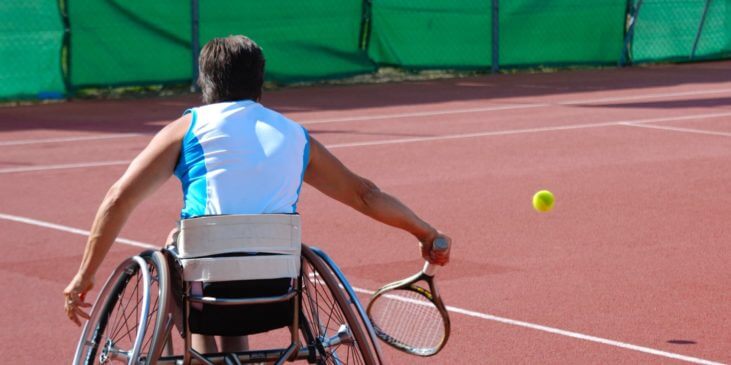
How is wheelchair tennis different to traditional tennis?
Wheelchair tennis is a long-standing and popular adaptive sport, dating back to 1976. After a freestyle skiing accident, 18-year-old US acrobat skier Brad Parks became a paraplegic. During his rehabilitation, he met wheelchair athlete Jeff Minnenbraker and discussed the possibilities of wheelchair tennis as a form of recreational therapy. The rest – as they say – is history.
Wheelchair tennis was originally included in the 1988 Paralympic Games in Seoul as a demonstration event, with four men and women competing. It became a full medal sport during the Barcelona Paralympics in 1992.
As one of the fastest-growing wheelchair sports in the world, wheelchair tennis integrates very easily with the able-bodied game. It can be played on a regular tennis court and does not require modifications to any of the equipment required to play, such as the tennis rackets or balls.
Scoring is the same as the traditional game, with the only difference being participants are in wheelchairs and the ball can bounce twice instead of once before it is returned. The player must return the ball before it hits the ground a third time. The second bounce can be either in or out of the court boundaries.




